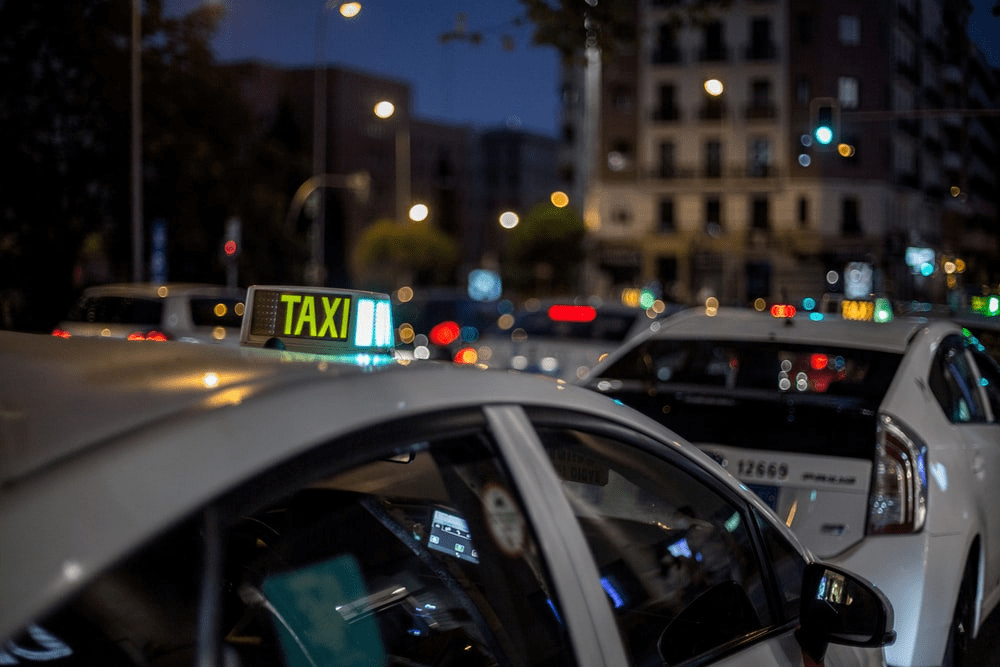For more than a century now, taxis have gone through many changes, transforming from horse-drawn carriages to automobiles and then apps that hail cabs electronically. It’s an evolution that has taken place at different rates in different parts of the world, but it has transformed the cab into a staple of modern cities around the globe.
Let’s look at the history of the taxi cab in this blog.
Hackney Coach
The first “taxi” (or “hackney coach“, which was the common name in London) appeared in the late 17th century. It was an open, two-wheeled vehicle with just four seats and usually pulled by a single horse—a low-emission, the closed-cab carriage that didn’t require passengers to dismount to board. In England, these early vehicles were known as “post-horses.”

The first taximeter was installed in a French cab around 1898, and they were widely used around the world by 1900. Taximeters are still used today and are the most widely accepted way to regulate fares.
The Ford Revolution and Its Impact
A significant improvement in both technology and travel came in the early 20th century when Henry Ford’s Model T revolutionized the road with its steel-tube chassis and four-speed transmission. The combination of these two technologies made cars available to most people, leading to an increase in road use and interest in carriages.

Taxi services began to decline during this period due to several factors, including increasing automobile ownership and improved bus service routes. This decline led to consolidation in the industry, followed by a revival of taxicab use and a series of technological improvements. These included the development of flashing red lights and automatic meters for determining fares. The first modern taxicabs in New York City (they used those flashing red lights) didn’t appear until the early 1900s.
Modern Day Taxi
Modern technology and design for taxicabs began to emerge in the 1940s. These taxis had glass partitions to separate the driver from passengers. The driver’s seat was more comfortable. In 1940s, London introduced the R-Type taxicab with a tachometer (a device that measures engine RPM), circuit breakers, and other safety features such as airbags in case of collisions.
Looking For a Taxi Service in Southampton?
If you or someone you know is looking for a taxi in Southampton, get in touch with Go Comfort. We are one of the leading taxi service providers in Southampton. We offer group travel packages where you can split costs on the cab. We have the most well-trained and skilled drivers that make your ride as comfortable as it can get, ensuring complete customer satisfaction.
You can choose from the latest model premium cars, ensuring a smooth and luxurious trip. We also offer airport taxis in Southampton and Southampton cruise transfers. Contact us now or book your ride with us and get the chance to travel with the best providers of taxis in Southampton.